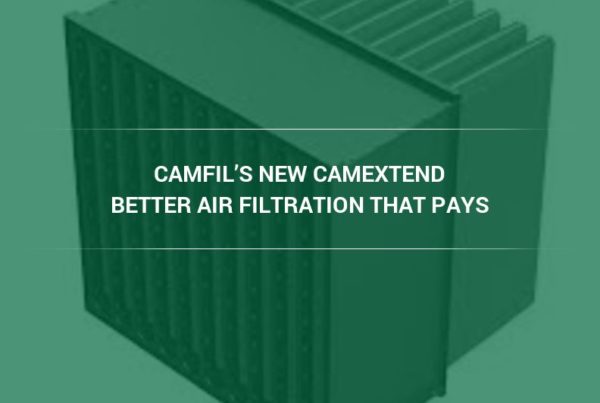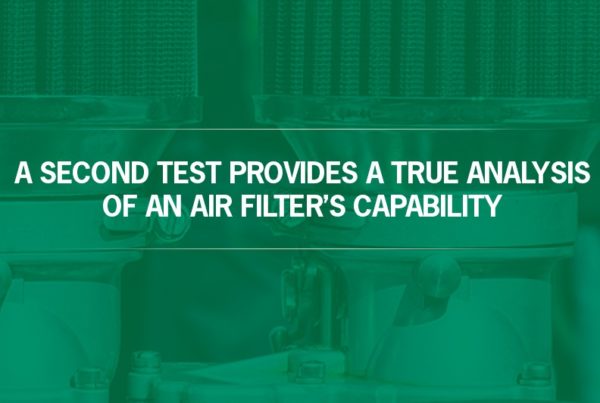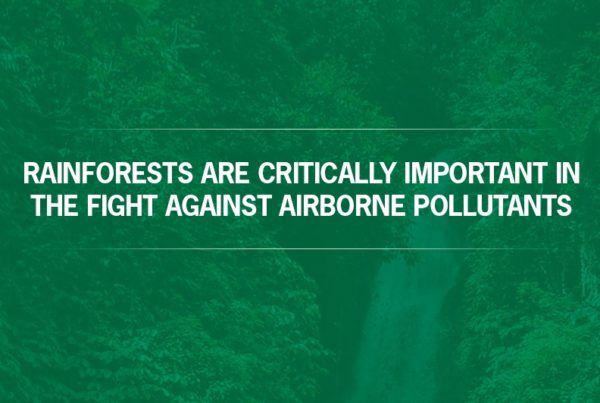The air quality in a production facility for the food and beverage industry can be critical for the success of the company.
Unlike most other businesses, the air quality in a production facility for the food and beverage industry can be critical for the success of the company. If the air in the facility is contaminated and comes in contact with the products, this contamination could potentially threaten the viability of such a company.
- Governments around the world strictly regulate food production to lessen the risks of contamination at production facilities. Failing to comply with requirements could result in a facility partially or totally shut down, recalls and the destruction of affected products.
- If that happens, the media will be sure to pick up on the story. A hard earned reputation for healthy products could vanish under the glare of bad publicity, crippling sales and resulting in the close of a business or the costly rebuilding of the company’s brand and reputation.
While the quality of the ingredients, water used and physical cleanliness of the facility get a lot of attention, the facility’s air supply needs scrutiny as well. Outside “fresh” air may not be so clean.
- Outdoor air carries 200 to 1,500 bacteria per cubic meter, and
- An air-conditioning system with a capacity of 10,000 m3/h could take in two to fifteen million bacteria each hour, seriously contaminating food and beverage production.
The proper selection of air filters can significantly reduce the financial and social responsibilities of protecting the public when it comes to air quality in these facilities. Air filter efficiency should be selected based upon the contaminants of concern. MERV1 13 or MERV1 14 filters offer the best performance in the majority of food and beverage applications. It is also critical that these air filters maintain their efficiency over time so the MERV-A1 of the filter should match the MERV.
A few applications may require HEPA level filtration, such as mushroom plants, some yogurt and dairy facilities, and even some breweries but those applications are more about the process of flavor control than air quality protection. The use of HEPA filtration in the majority of applications could be classified as overkill.
When considering HEPA filters in food and beverage production, facilities can save expense up front, stated Don Stroud in a blog on the ChemInfo website,
While providing your plant with additional filtration isn’t harmful, HEPA filters may not be the most cost-effective option for your plant. Unless your facility is sterile, HEPA filters may result in unnecessary expenses for your plant due to the fact you could’ve achieved the same result more cheaply with a filter that operates at 95-percent efficiency such as a MERV 14.
While every food and beverage company may want the cleanest facility possible, budgets are not unlimited. The ability to effectively filter the air as efficiently as possible and lowering total cost of ownership (TCO) are the keys to a company balancing the need for a clean facility against the need to control costs.
Camfil provides a full range of air filtration systems for the global food and beverage industry to combat microbiological contamination. A combination of high efficiency, low resistance to air flow and high capacity means Camfil HEPA filters keep more contaminants away from products, keeping processes safe, while using less electricity.
1 – When tested in accordance with ASHRAE 52.2, Method of Testing General Ventilation Air-Cleaning Devices for Removal Efficiency by Particle Size as published by the American Society of Heating, Refrigerating and Air-Conditioning Engineers.



